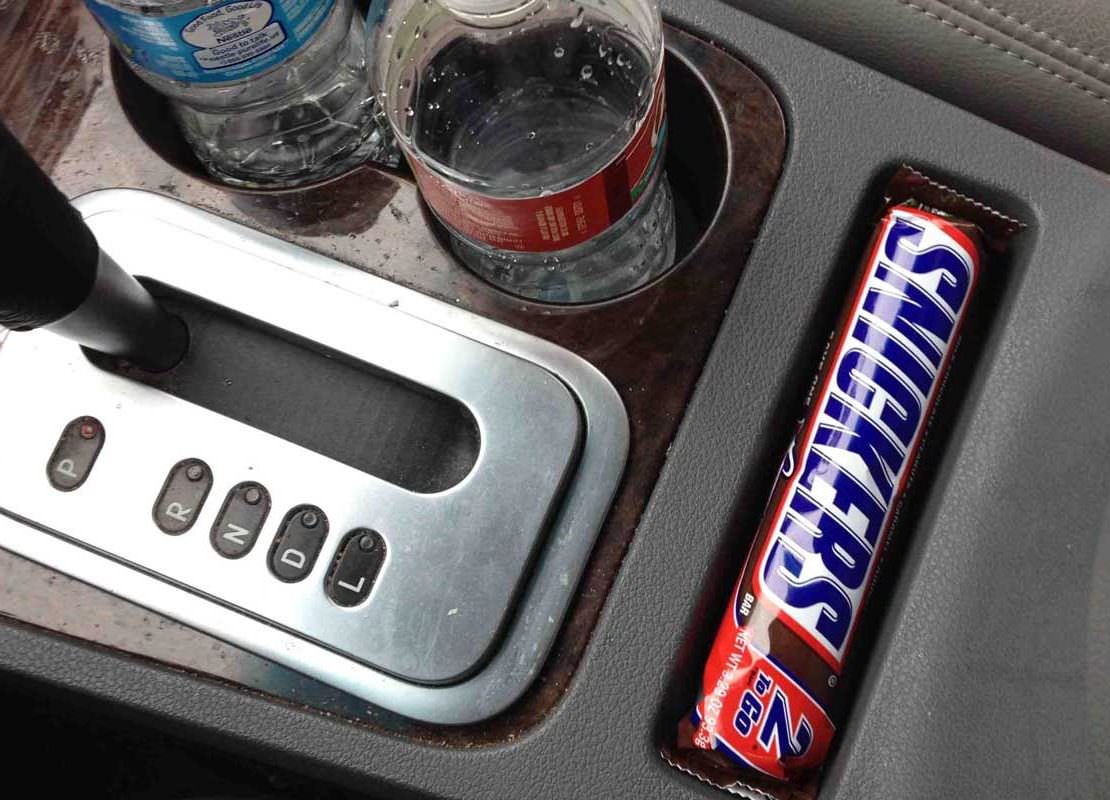People remember businesses that actually serve their needs, not companies that make huge amounts of money. Want to accomplish both? Here’s how!
Have you ever been to a restaurant where Chinese, Italian, Indian, and Turkish food were all on the menu? Before you took the risk and ordered, did you feel you would have a good meal? Compare this to how you’d feel in a small shop that does falafel sandwiches and nothing else (assuming you don’t hate falafel).
From a business perspective, wouldn’t it make sense to have more variety on the menu?
Less is (Much) More
Greed is a nasty thing. When businesses become successful, they also become greedy, and try to make money by diversifying their products or services. This was found to make brands (or businesses, or products) less relevant to consumers and therefore more vulnerable to competitors. On the other hand, positioning—owning a word in the prospects’ mind—allows you to focus on the aspect most important to the consumer.
In 1978, FedEx picked one service out of dozens of logistical services they offered and used it in their slogan: “when it absolutely, positively has to be there overnight.” This slogan made them sound reliable in overnight shipping, and often like the only option for overnight shipping! The result was a 74% increase in pretax earnings, and by 1981, FedEx had the largest sales of any air freight company in United States. So—less is much more.
“To In Bahrain, some people call bottled water ‘Mai Sihha.’ The reason? The first brand of bottled water in Bahrain was one from Lebanon called ‘Sihha.’
The Psychology of Positioning
A successful positioning strategy can be very powerful. It can turn your brand to a dominant one, even better, cause your brand name to endure even after your product or business disappears. Take bottled water, for example. In Bahrain, some people call bottled water “Mai Sihha.” The reason? The first brand of bottled water in Bahrain was one from Lebanon called “Sihha.” The brand disappeared, the brand name didn’t. This is called a generic trademark.
Kodak is Dead
One of the best brands in the world died because they didn’t have the courage to reposition. It’s not true that Kodak didn’t have digital cameras; they did. In fact, they invented the first digital camera in December 1975, but they had also invested so much in photographic film that they couldn’t give it up for a new technology. Kodak couldn’t position itself as a digital camera brand, and their image in our minds was, and still is, that of a photographic film company. The lesson here is to pick the right position—and if you miss it, reposition.
The Big Decision
When you choose your brand position, think of what makes you different and matters to your customers, then cross-check it with two things:
How long will this position last? Think at least ten years ahead. Will people still be interested in 2024?
Will your brand be in conflict with a leading competitor you can’t fight against? If you’re claiming to be the fast-food chain going head-to-head against McDonalds or Jasmis, you’ll fail, because your position is more attached to their brands. Claiming it will require an enormous budget and vast marketing skills.
It is important to remember that positioning doesn’t have to be based on a product. BMW and Disney are positioned as an experience, Snickers is positioned as a solution to hunger, and Pepsi is positioned with user imagery.
It’s All in the Details
Just choosing a position will take you nowhere. Don’t get me wrong—this is the most important step in your strategy—but now you need tactics. I have spent the last year working with Abdulla Alabsi, the person behind Blaze Burgers, developing his new venture, il Capo Pizza. Using his experience gained from building Blaze Burgers along with the branding and marketing strategy I helped develop, we were able to come up with what I believe to be a well-positioned New York-style pizza place. The brand personality will convince you it’s a mafia front business; the interior of the place (which has no dine-in) looks like a kitchen; and we’ve even instructed staff not to bother making the pizza look perfect, because looks don’t matter.
The number of ways to communicate a position is infinite. The size of the pizza says it’s a New Yorker. The item names and language used in the menu (and on social media) say it’s an Italian-American place with a “suspicious” backstory. The absence of graphics on the menu says it’s authentic. Above all, I trust Alabsi when it comes to delivering a high-quality product and superior taste (which is not my specialty), because otherwise, our efforts will go to waste.
“If your position is luxurious, don’t say ‘we’re a luxury brand.’ This actually says the opposite about you. Offer people a real, tangible way to feel your position.
It’s all in the details. If your position is value-based, you need to look less expensive: cheap, but not dirty. If your position is luxurious, don’t say “we’re a luxury brand.” This actually says the opposite about you. Offer people a real, tangible way to feel your position.
P.S. We can build world-class businesses. Using imported marketing tactics will not always work. Global marketing tactics with strategies customized to fit local clients will be successful. Let’s have confidence in ourselves!

